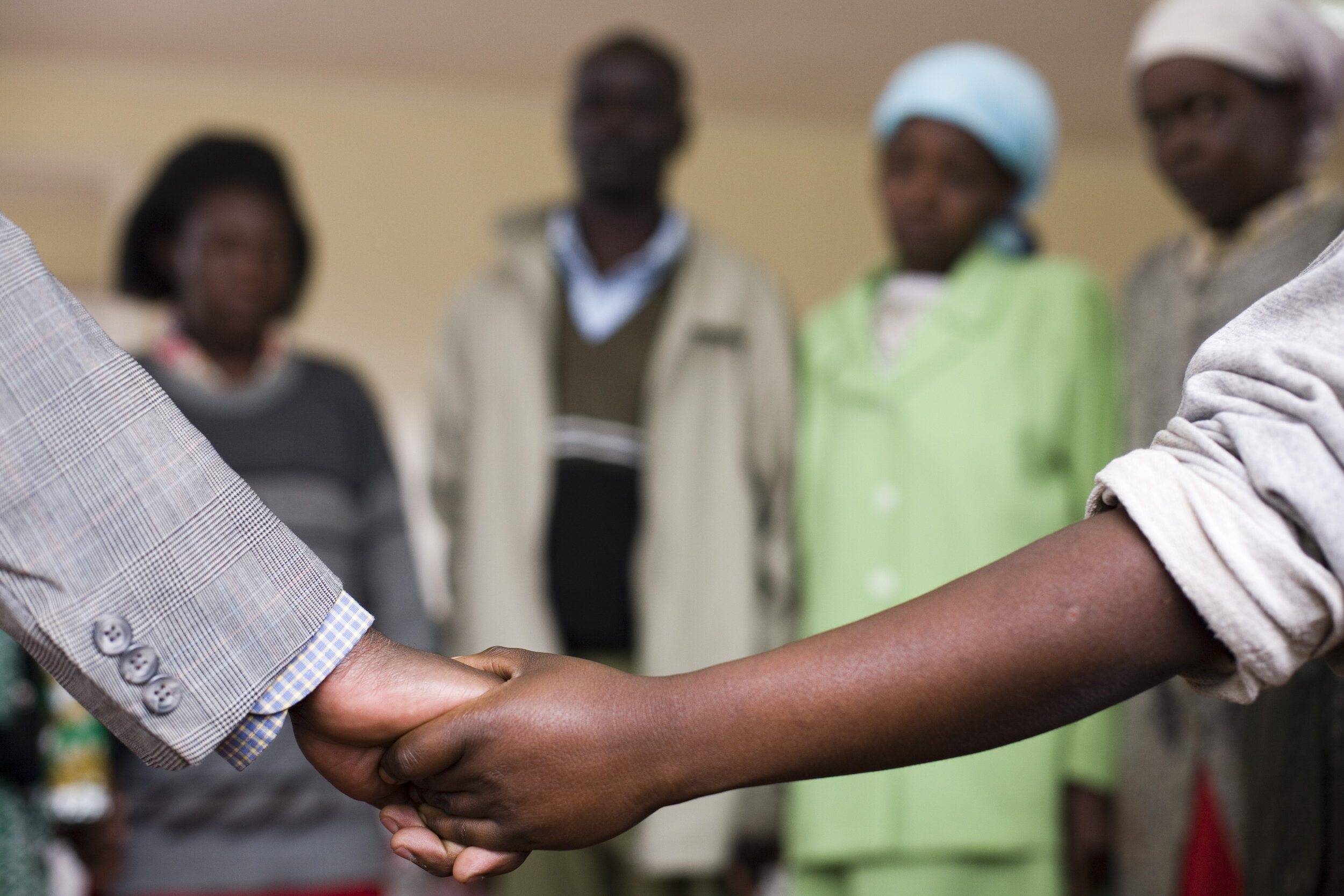Reversing the HIV Trend by Getting To Zero New Infections
One morning during a routine third HIV test visit with AMPATH’s Provider Initiated Testing and Counseling (PITC) department, Mercy*, discovered that her HIV status had changed from negative to positive. She was now faced with the harsh realities of living with the virus.
PITC is the entry point to the HIV/AIDS care program at AMPATH and has a goal that 80% of Kenyans served by AMPATH will know their HIV status. Touched by Mercy’s experience, the PITC department headed by Margret Wandabwa sought ways in which this experience could have been prevented.
In almost all AMPATH programs, emphasis has been put on finding HIV positive individuals and then linking, treating and retaining them in comprehensive care (a program called FLTR). This has proven very successful for AMPATH patients, and treatment-as-prevention is the cornerstone of AMPATH’s HIV care program. The PITC department decided to augment these programs by also working with those that they discover to be HIV negative.
The group of people who turn out to be HIV negative make up 64.3% of Most at Risk Populations (MARPs), including IV drug users, homosexuals, commercial sex workers, discordant couples and others. However, members of this population will then account for one third of new HIV infections in Kenya. This trend had to be reversed to retain the ‘Negatives’ and to reduce chances of any new infection.
PITC identifies over 2,000 HIV-negative people per month at Moi Teaching and Referral Hospital alone. They are then evaluated based on their frequency of high-risk sex and drug-related HIV risk behaviors. Those most-at-risk are then scheduled to attend a 2-hour, peer-led intervention session at AMPATH every month to ensure their status remains HIV negative.
Walking into AMPATH’s PITC office now on a Thursday, one will notice a group of young people sitting around a table in discussion. The main idea of these clubs is to present behavior change and sex education. Each group has its own schedule with the main aim of reducing incidents of new infections by 50%.
This endeavor has not been without its challenges. “Most of the time the migrating nature of some sex workers to other towns and the stigma and social discrimination towards some of the MARPs, especially in the case of discordant couples, is an impediment to retention,” says Mrs. Wandabwa.
However, AMPATH is hopeful that this new approach will complement its treatment-as-prevention and FLTR programs and help to reverse the trend and prevent new infections as it strives toward a “Zero New Infection Society.”

